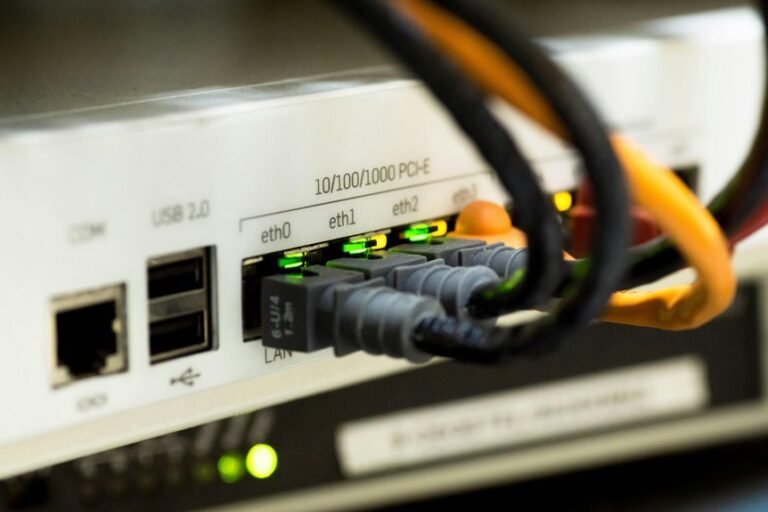Telecom Fraud Analysis & Prevention Department 4028759598 4806973040 8007806451 8334393084 8007774681 2107872346
Imagine a vast network of communications, where every call and message holds potential vulnerabilities. In this intricate web, telecom fraud lurks, threatening the integrity of services you rely on daily. The Telecom Fraud Analysis & Prevention Department plays a crucial role in identifying these risks. By employing advanced techniques, they uncover patterns and anomalies that could signal fraudulent activity. But what specific strategies do they use to secure this essential infrastructure?
Understanding Telecom Fraud
Telecom fraud is a pervasive issue that affects both consumers and service providers alike.
Understanding the various fraud types, such as subscription fraud and SIM swapping, is crucial for you.
Employing effective detection methods, like anomaly detection and call pattern analysis, can help identify these threats early.
Common Techniques Used in Telecom Fraud
Fraudsters employ a variety of techniques to exploit vulnerabilities in telecom systems, making it essential for consumers and providers to stay informed.
Common tactics include SIM swapping, where they hijack your number; Caller ID spoofing, which misleads call recipients; billing fraud, resulting in unauthorized charges; and PBX hacking, targeting business phone systems for illicit gains.
Awareness is key to prevention.
Role of the Telecom Fraud Analysis & Prevention Department
While the landscape of telecom fraud continually evolves, the Telecom Fraud Analysis & Prevention Department plays a crucial role in safeguarding networks and customers.
You rely on their expertise for effective fraud detection and thorough risk assessment. By analyzing patterns and trends, they proactively identify vulnerabilities, ensuring your communication services remain secure and reliable.
Their vigilance is essential for maintaining trust in the telecom industry.
Strategies for Protecting Against Telecom Fraud
A comprehensive approach to protecting against telecom fraud involves a combination of technology, policy, and awareness.
Implement strong fraud prevention measures like real-time monitoring and automated alerts.
Develop clear policies that outline risk management strategies, ensuring employees understand their roles.
Regular training sessions will enhance awareness, empowering everyone to recognize potential threats and act swiftly to mitigate risks effectively.
Conclusion
In conclusion, understanding and combating telecom fraud is essential for everyone involved in the telecommunications ecosystem. While some may believe that fraud prevention is solely the responsibility of providers, it’s vital for consumers to stay informed and vigilant. By actively participating in awareness initiatives and recognizing common fraud techniques, you can significantly reduce your risk. The Telecom Fraud Analysis & Prevention Department offers valuable resources to empower you, ensuring that together we can maintain a secure communication landscape.







